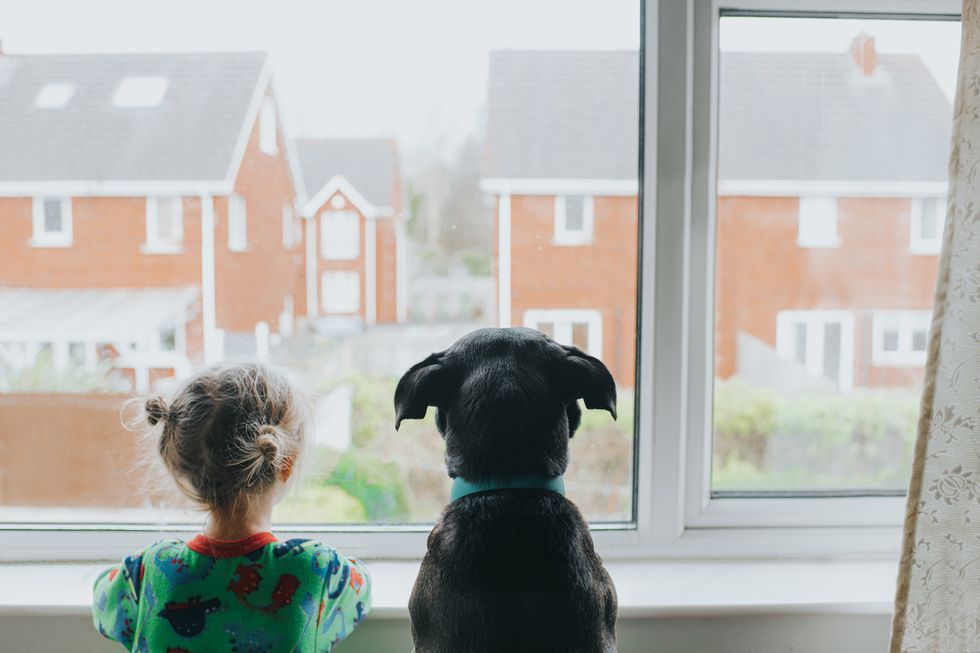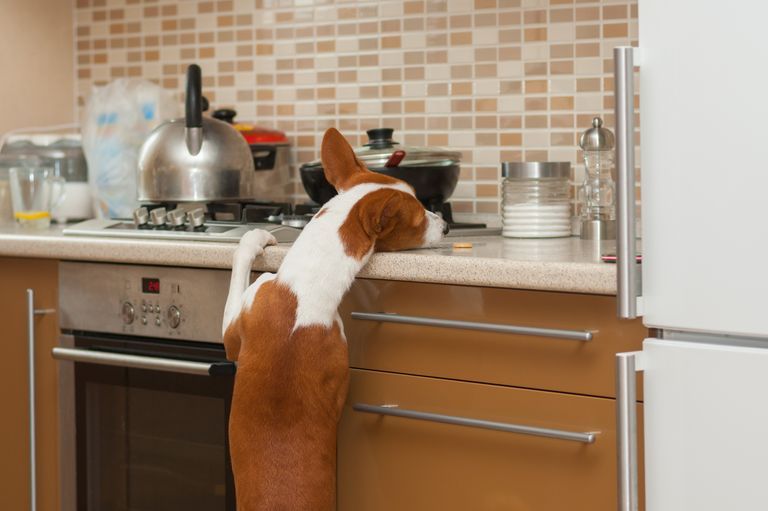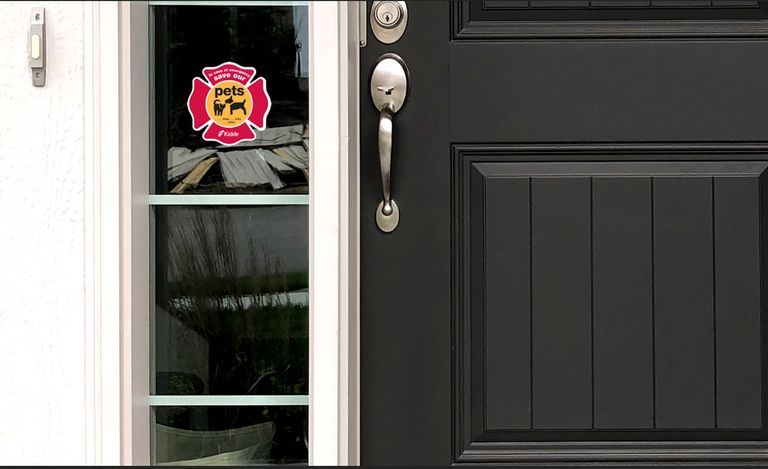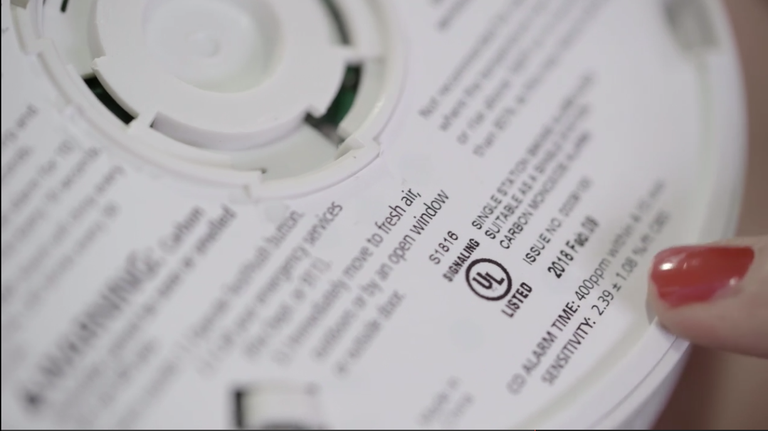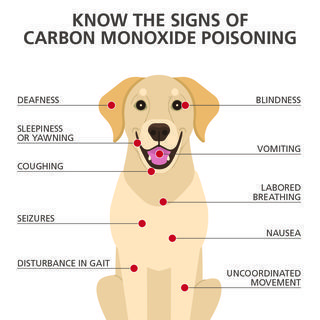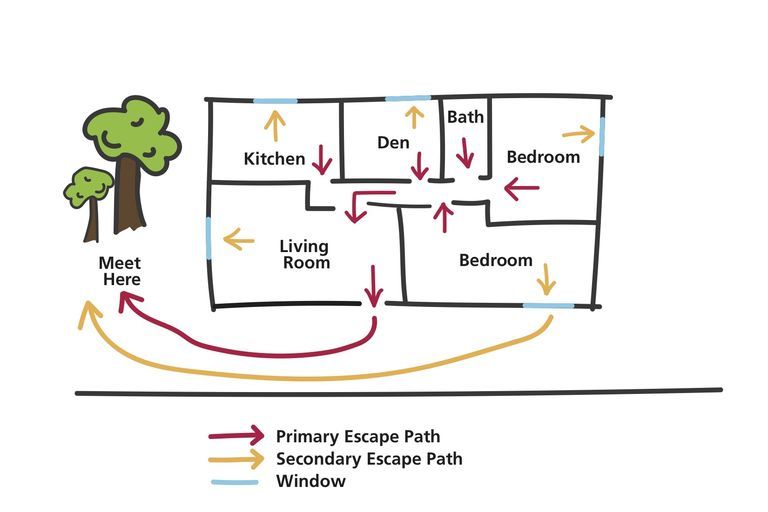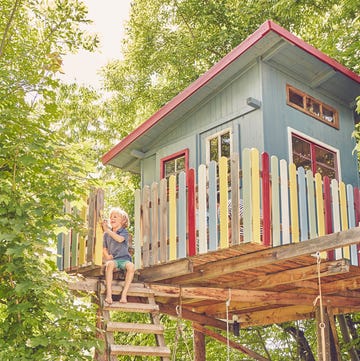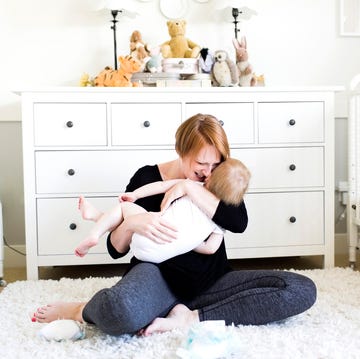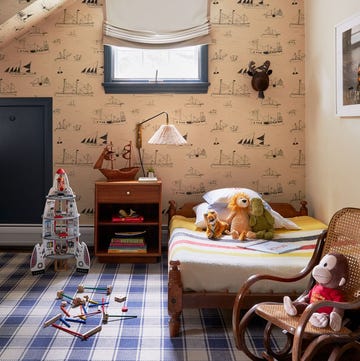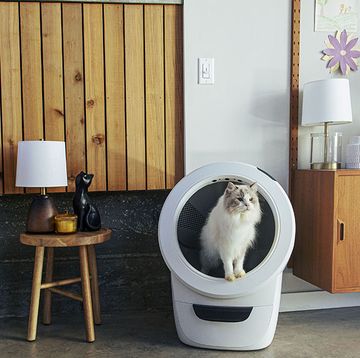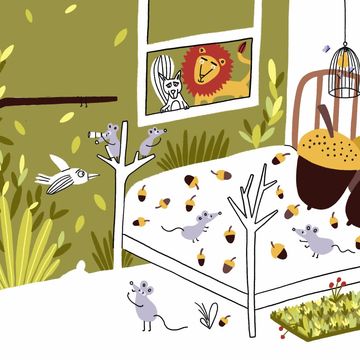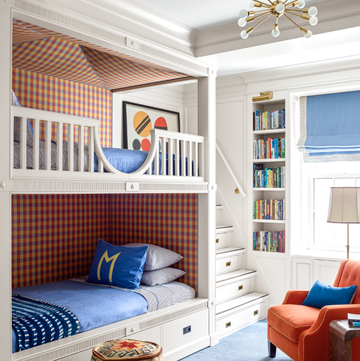From frisky little kittens to floppy-eared pups, there’s no question that pets hold a special place in our hearts. According to the American Pet Products Association, approximately 67 percent of all American households (that’s about 85 million families) own at least one pet, and The Harris Poll found that 95 percent of pet owners consider their four-legged friends to be full-fledged members of the family. But there’s more to being a pet owner than belly rubs and games of fetch. As any passionate pet-parent knows, an animal-friendly home is critical to your pet's health, comfort, and happiness.
As temperatures dip and our animals spend more time with us indoors, it’s an opportune moment to brush up on your pet-centric home precautions. Read on for key safety measures that will keep animal lovers and their fluffy companions sleeping soundly.
Extinguish Fire Risks
All pet owners should familiarize themselves with common fire risks, since these naturally curious creatures can easily get into trouble around an open flame or a hot stove. In fact, according to The National Fire Protection Association (NFPA), pets accidentally start hundreds of home fires every year.
To avoid a calamity, follow these fire prevention steps. Keep candles out of Fido or Fluffy’s reach, and off of surfaces that pets can easily probe with their paws, such as long tablecloths. (The Red Cross also recommends flameless candles for worry-free ambiance.) While treats are getting toasty in the oven or on the stove, consider putting up an animal gate or using other means to keep pets (who will let little stand between themselves and a bounty of freshly-baked treats) at bay.
The NFPA also cautions families to keep an eye out for mischievous pets that chew on electrical cords. And be sure to secure fireplaces and hearths with a protective barrier, so that chestnuts are the only things coming close to the open fire.
Deck Out Your Windows
Window clings are adhesive decals that let first responders know that pets are inside your home (if enthusiastic barks or persistent meows didn’t reveal their presence first). The stickers enable emergency workers to include the furriest members of the family when assessing occupancy and strategizing on evacuation and rescue plans. Both the ASPCA and the Red Cross recommend using window alert stickers to keep animals safe.
Raise the Alarm
Alarms that detect smoke and carbon monoxide could help to save your pet’s life in an emergency. Even after you’ve set up detectors in your home, replacing them every seven to ten years is critical in order for them to maintain optimum functionality (the exact time frame will depend on your selected model).
Not sure when your detectors were installed? Don’t stress: you can reference the manufacturing date on the back of the alarm. Or, you can opt for a detector with a ten-year sealed battery, such as Kidde's Carbon Monoxide Alarm or Kidde’s Worry-Free Combination Smoke & Carbon Monoxide Alarm, which activates a voice alert when it’s time for a replacement.
Know Your CO Risks
Just like humans, pets are susceptible to carbon monoxide (CO) poisoning, according to Kidde. It’s crucial to be aware of the potential sources of risk within your home, which include heaters, gas stoves and ovens, grills, generators, chimneys, and cars.
A carbon monoxide alarm will help to protect your home and family against the potentially deadly gas, as can knowing the telltale signs of contamination. Symptoms of carbon monoxide poisoning in pets can include vomiting, weakness, coma, seizures, depression, and labored breathing. If you suspect your pet has suffered carbon monoxide poisoning, Kidde recommends contacting your veterinarian and advocating for a test.
Include Pets In Your Escape Plans
Fire evacuation plans are a must in any home, and your strategy should be tailored to safeguard your pet. The ASPCA suggests assigning one family member to be the pet-keeper in order to avoid confusion and allow others to concentrate on overseeing the evacuation. If you haven’t committed your pet’s patterns to memory already, be aware of their typical nap locations, and sleuth out their go-to hiding spots—that way, you’ll know where to find them if they’re catching zzz’s or otherwise laying low during a rapid evacuation.
To ensure a smooth exit, keep the number two in mind. FEMA recommends practicing your evacuation plan at least twice annually, and charting out two different escape routes from every room.

